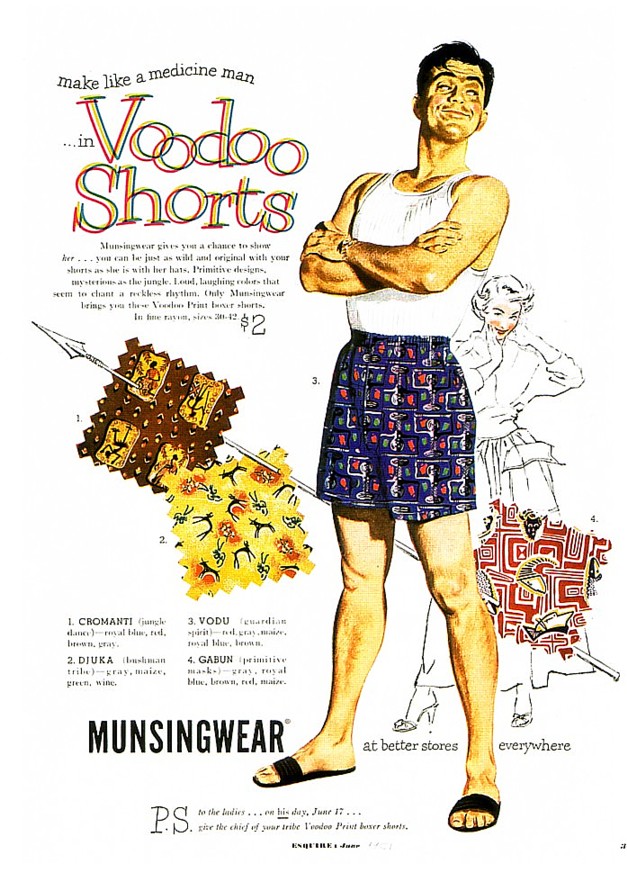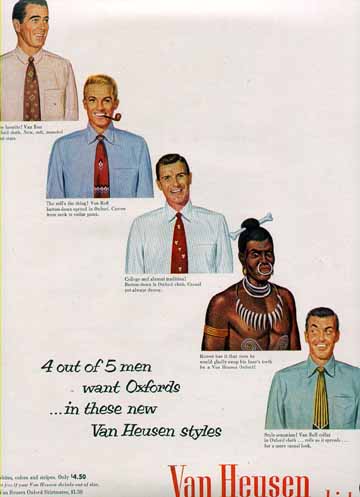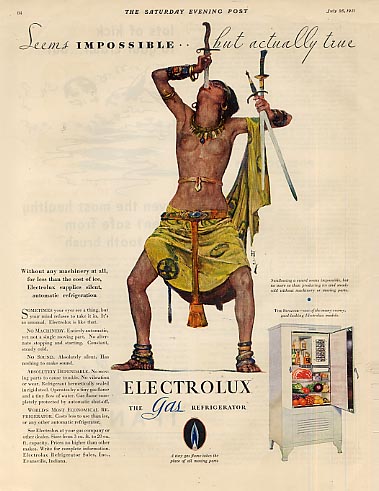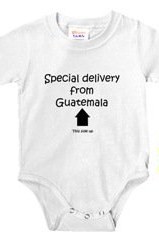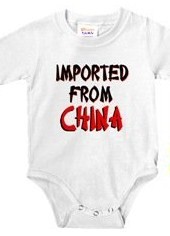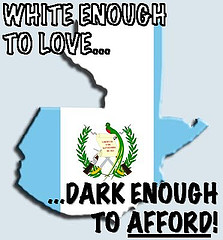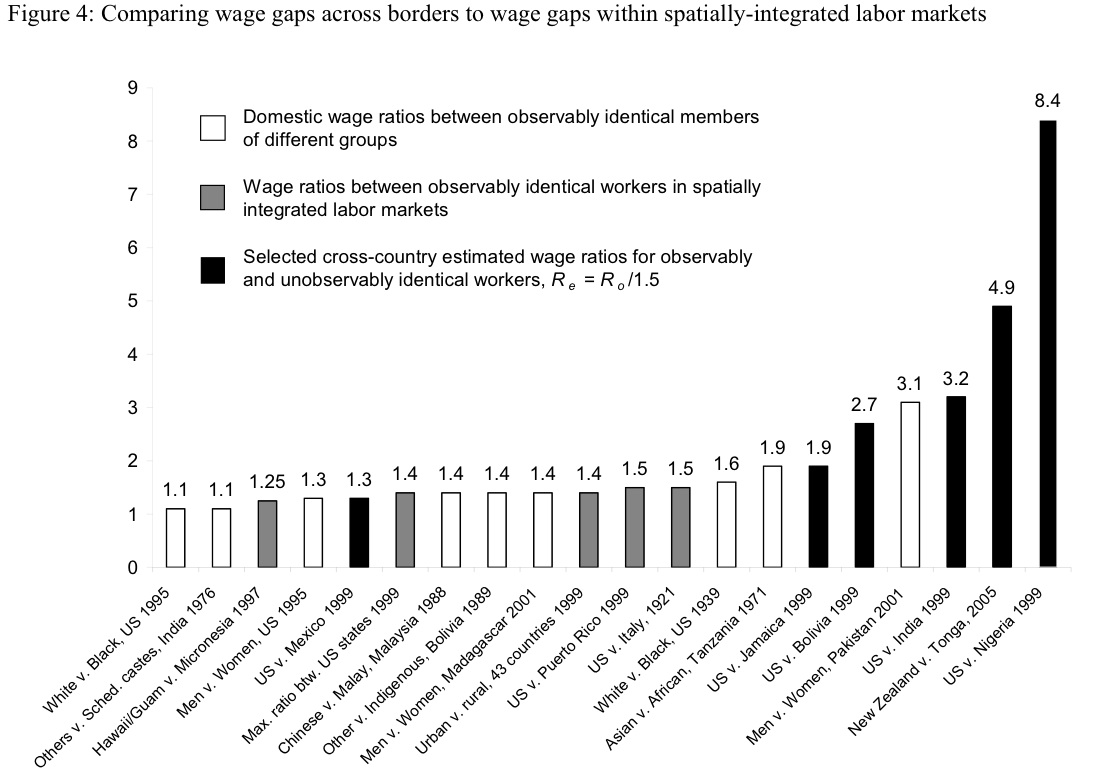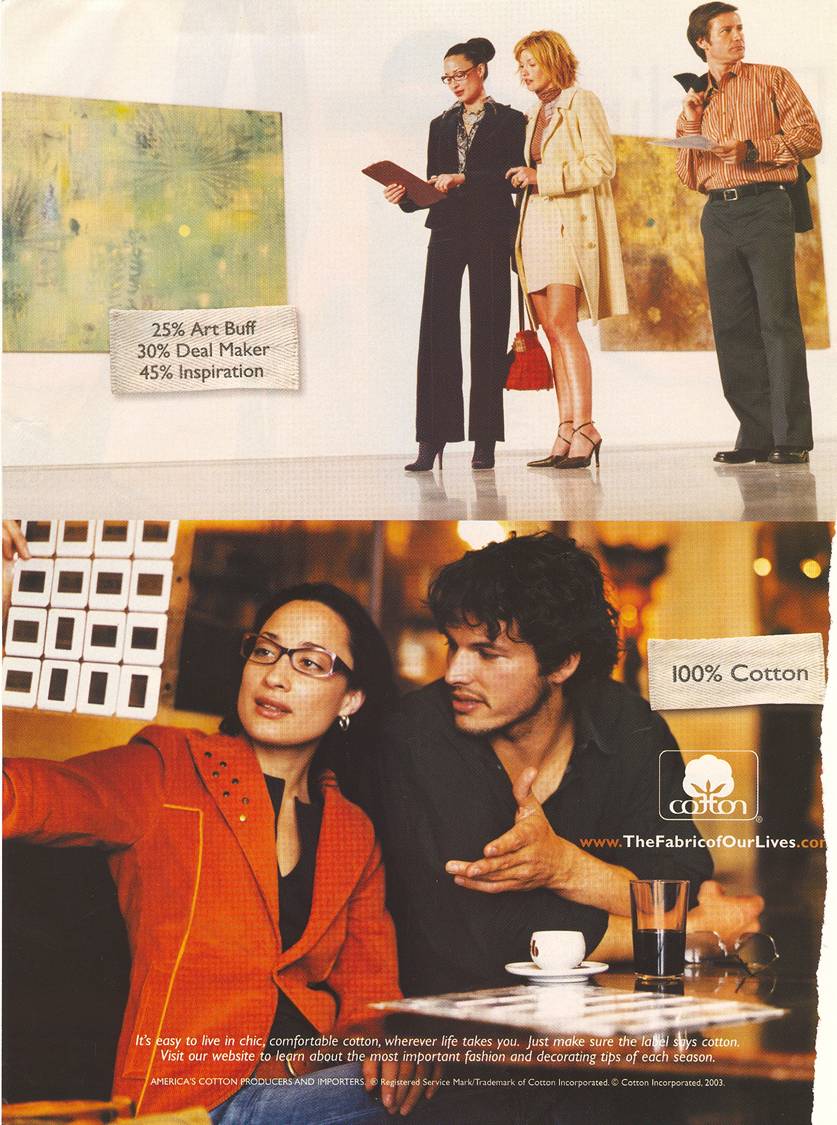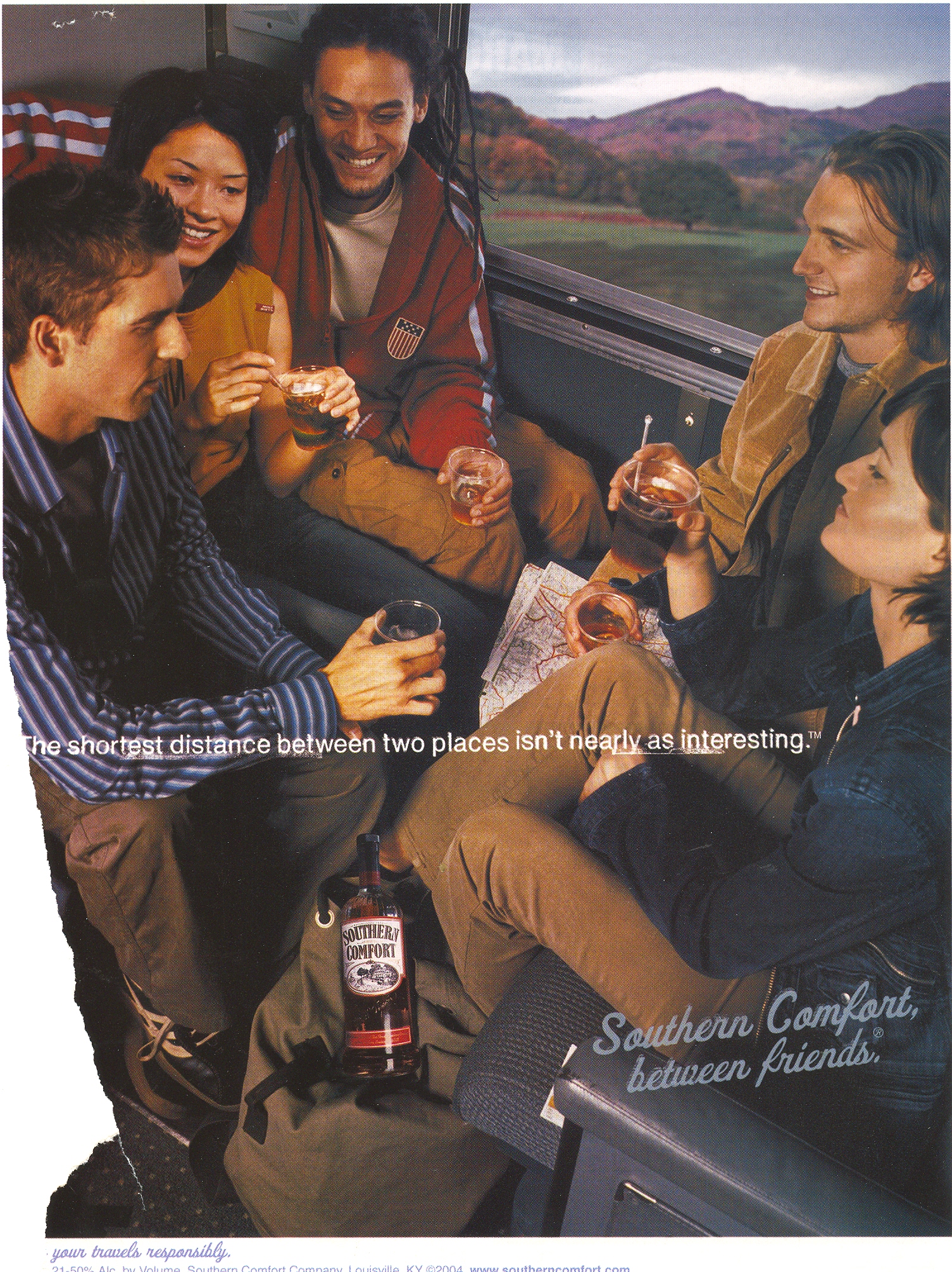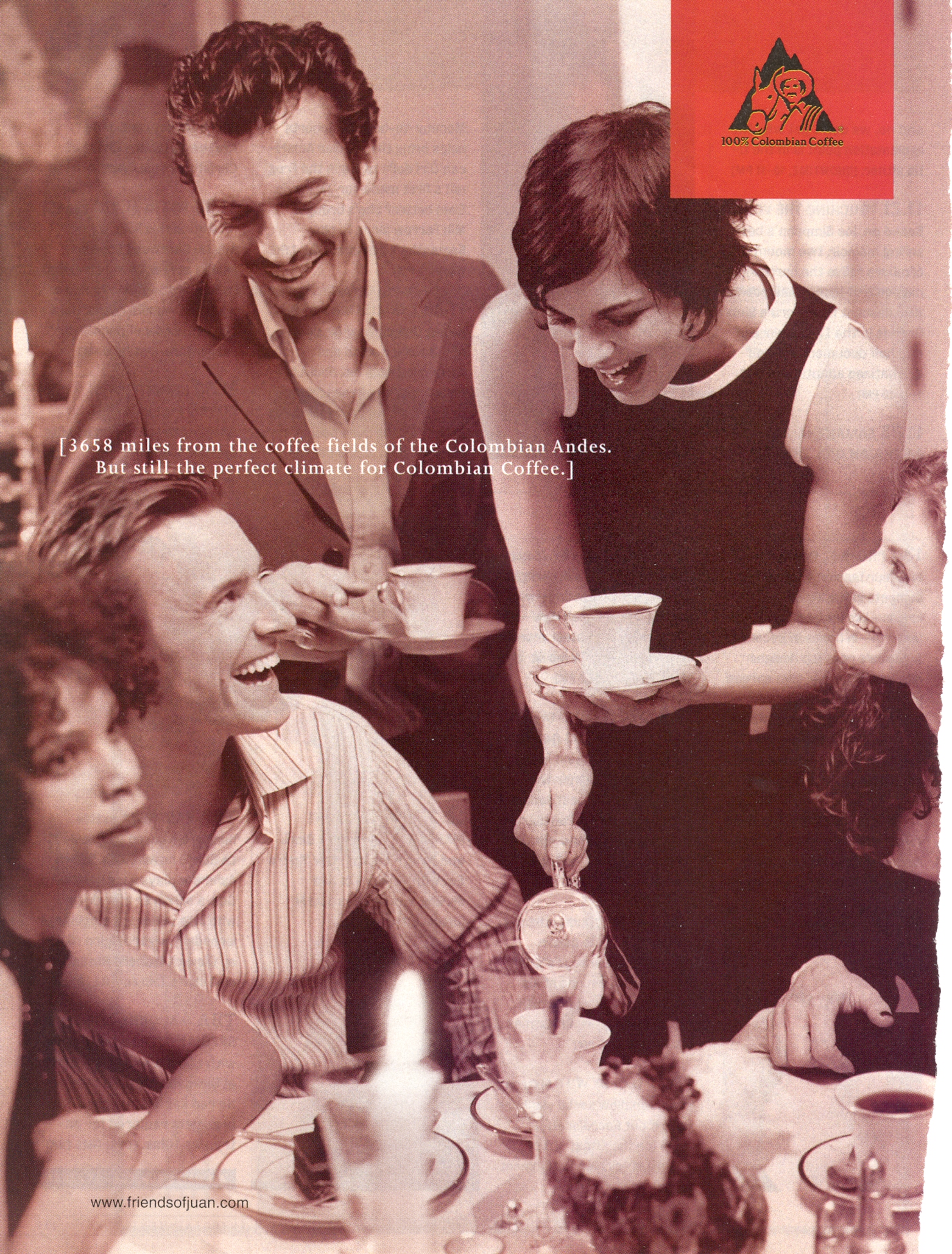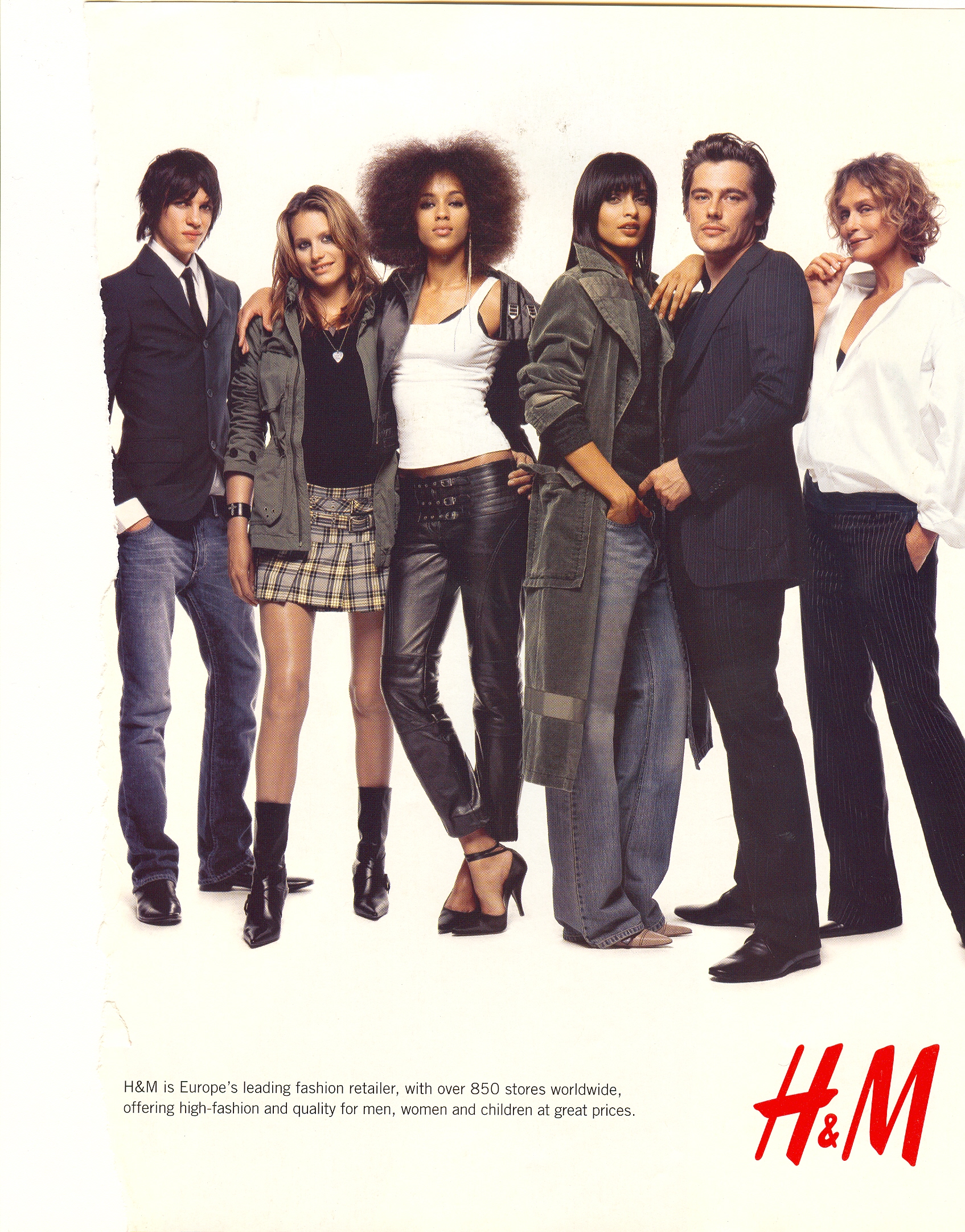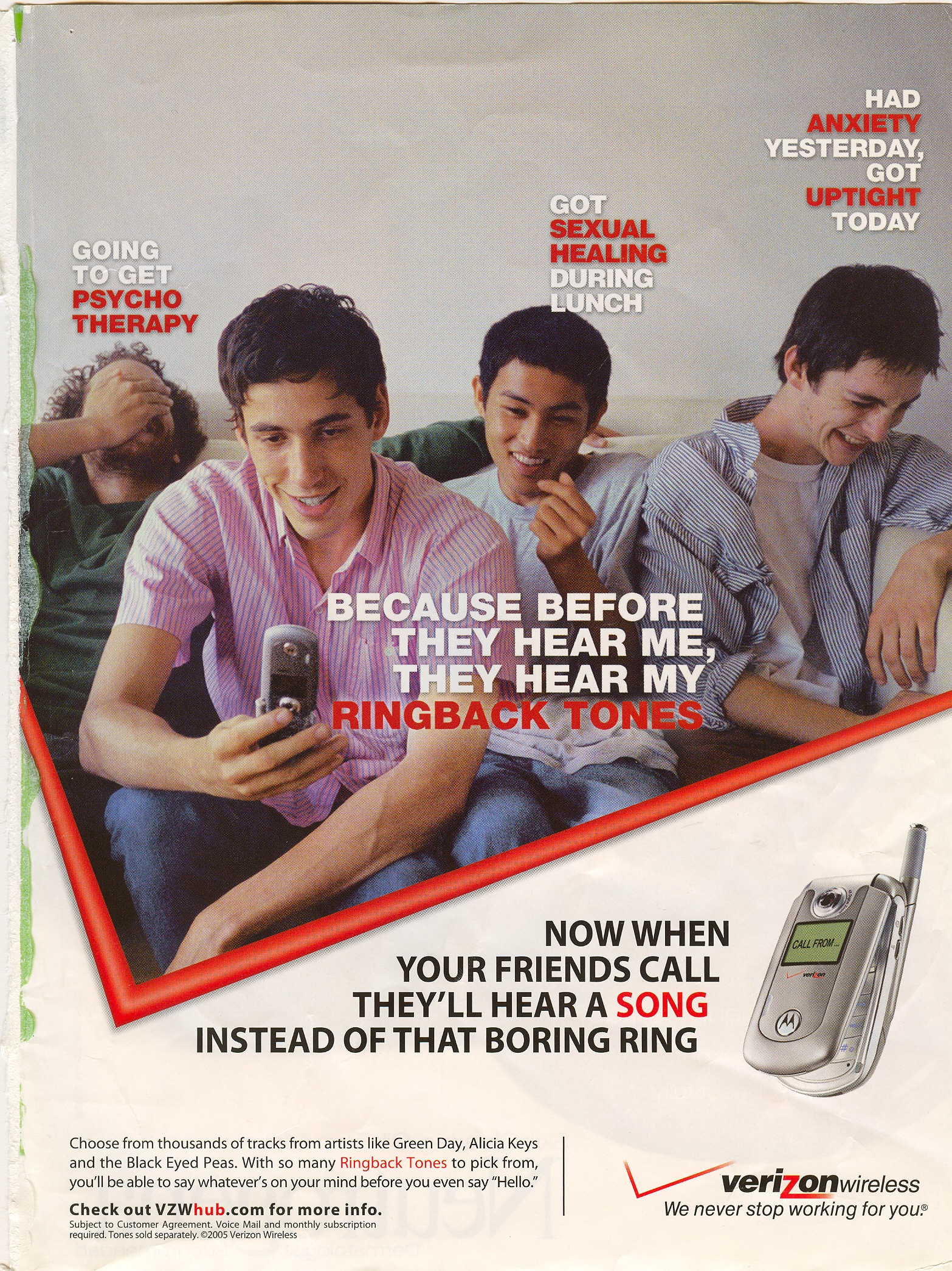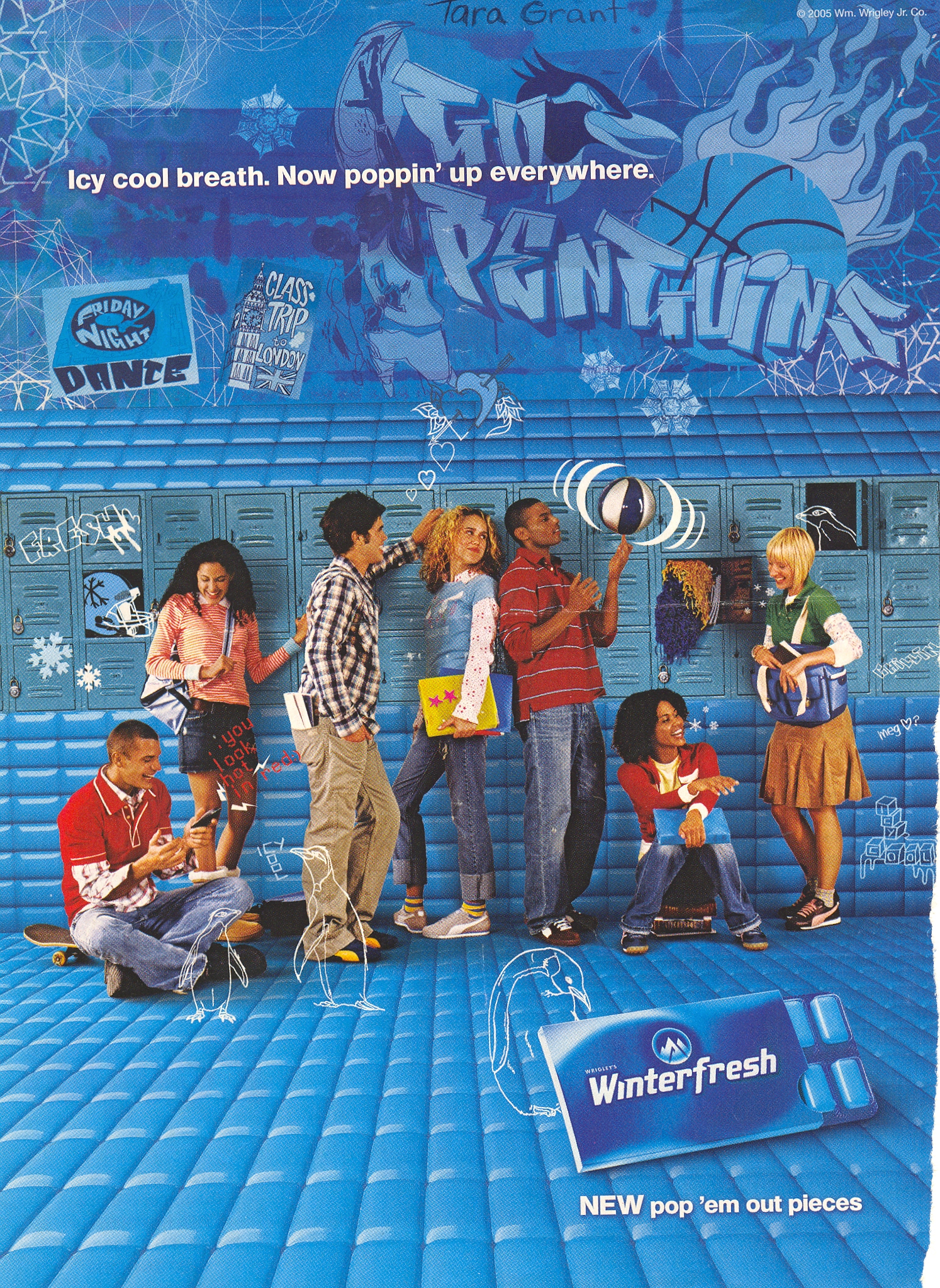Even though I can’t read the text, I thought this ad was worth putting up. I think I get the gist of it just fine.
Via Vintage Ads.
Vintage Ads put up another example of an ad, this one from 1931, using the idea of the “savage.” In this one, her “impossible” behavior is compared to an Electrolux refridgerator.
NEW! Vintage Ads offered us another on this theme. The text reads: “make like a medicine man in Voodoo Shorts.” Don’t miss the spear.
